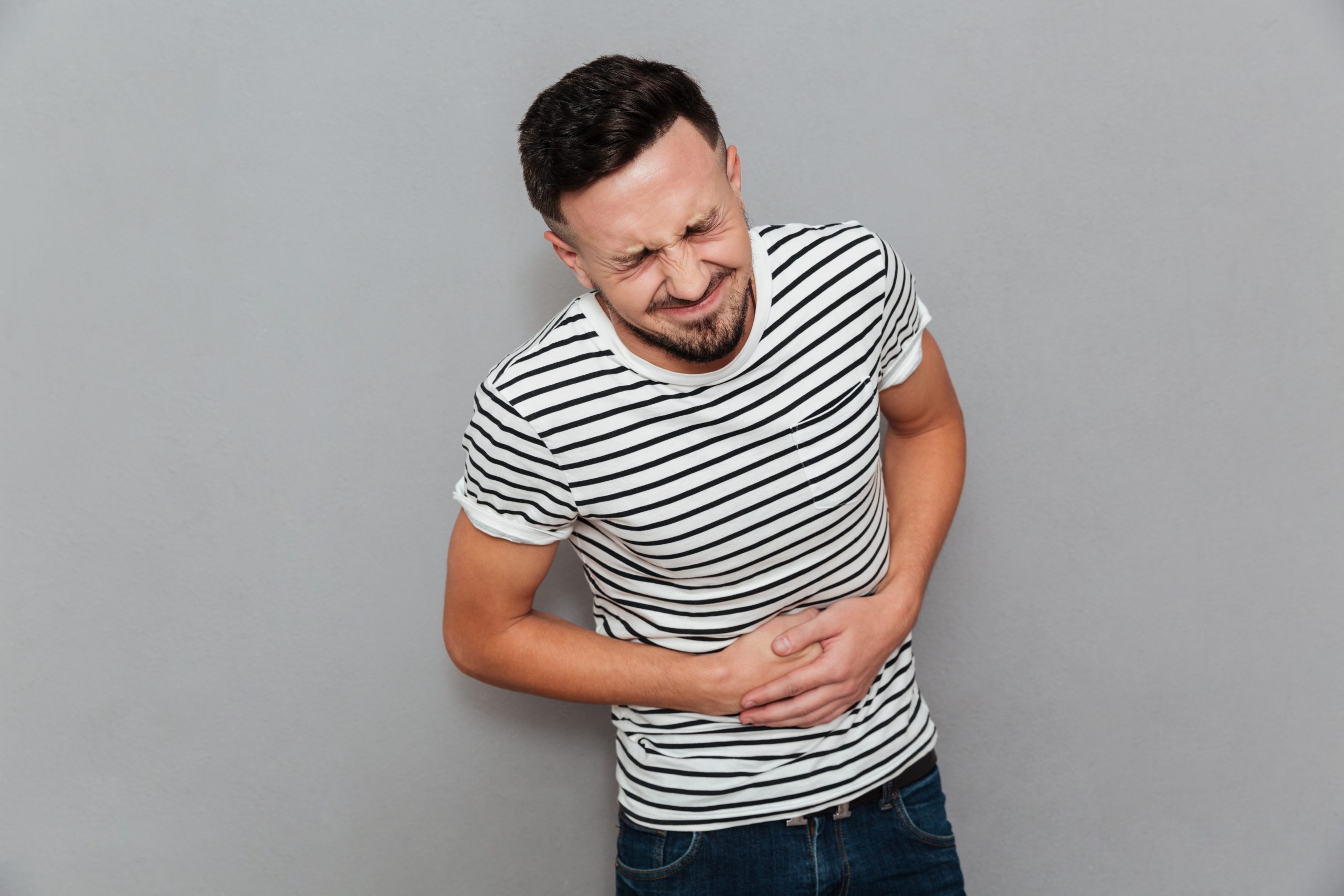It involves the presence of gallstones which are concretions that form in the biliary tract usually in the gallbladder.
CHOLEDOCHOLOLITHIASIS: It refers to the presence of one or more gallstones in the common bile duct.(CBD)
Gallstones range in size from as small as a grain of sand to as large as a golf ball.
Types of Cholelithiasis
-
Mixed Stones: The most common type.They are cholesterol and salts.
-
Cholesterol Stones: They are usually yellow-green. They are made primarily of hardened cholesterol.
-
Pigment Stones: They are small,dark stones made up of bilirubin. The exact cause is not known.They tend to develop in people who have cirrhosis, biliary tract infections and hereditary blood disorders such as Sickle cell anemia in which too much bilirubin is formed.
ANATOMY OF GALLBLADDER:
-
A pear shaped,hollow,sac-like, 7.5 to 10cm (3 to 4 inch) long, lies in a shallow depression on the inner surface of the liver to which it is attached by loose connective tissue.
-
Capacity of gall bladder- 30 to 50 ml of bile:
-
Its wall is composed largely of smooth muscles.
-
The gallbladder is connected to the common bile duct by the cystic duct.
PATHOPHYSIOLOGY OF DECREASED BILE ACID SYNTHESIS:
-
Increased cholesterol synthesis in the liver.
-
Supersaturation of bile with cholesterol.
-
Formation of precipitates.
-
Gallstones (Cholelithiasis).
-
Inflammatory changes.
INCIDENCE
RISK FACTORS
CLINICAL MANIFESTATIONS
-
Pain in the right hypochondriac region radiating to the right inner angle of the scapula.(Referred Pain)
-
Pain in the upper mid abdomen.
-
Chest pain.
-
Nausea and vomiting.
-
Pain is the most common symptom most people experience with gallstones.
-
This pain is steady and can last from around 15 min to several hours.
-
Fever and chills.
-
Yellow skin or eyes.
-
An upset stomach.
-
Other digestive problems include indigestion, heartburn and gas.
-
Dark urine and light coloured stools.
-
Diarrhoea
-
Loss of appetite.
COMPLICATIONS
-
Inflammation of gallbladder.
-
Blockage of common bile duct.
-
Blockage of pancreatic duct.
-
Gallbladder cancer.
Homeopathy for Gallstones
CARDUS MARINUS:
-
Increased acidity in the stomach.
-
Empty eructations , heartburn and nausea.
-
Vomiting of bile followed by burning.
-
Terrible attacks of gall stone colic.
-
Pain: right sided, below the last ribs in the region of liver, the taste in mouth is bad and skin is yellow coloured.
-
The gallbladder is enlarged and tender, the region of the liver is uncomfortable.
-
Complaints are aggravated by lying on the right side.
-
On stooping causes stitches on the right below ribs.
-
Aggravation from motion.
-
Amelioration from sitting up.
BERBERIS VULGARIS:
-
Stitching pains extend from the gallbladder region to the stomach and sometimes to the shoulder.
-
Sharp cutting pain radiating outwards can be felt in the groin and pelvic region.
-
Pain is aggravated by standing.
-
Pain is better by changing position.
-
The stools may be gray or clay coloured.
-
Gall stone colic occurs with a bubbling sensation
CALCAREA CARBONICA:
-
The abdomen may feel swollen on the right and be very sensitive to pressure with cutting pains that extend to the chest.
-
Aggravation from stooping.
-
Amelioration when a person stands for prolonged time and with exertion.
-
Amelioration from lying on the painful side.
-
Calcarea carb is often indicated for people who get tired easily ,feel cold and sluggish with clammy hands and feet.
-
They crave sweets often.
-
They may be timid with lots of fears too.
CHELIDONIUM:
-
This remedy is indicated when pain is in the right hypochondriac region radiating to the right inner angle of the scapula.
-
Pain may also extend to the right part of back, right shoulder, and lower part of body.
-
Pain is aggravated from motion.
-
Pain is also worse by lying on the left side.
DIOSCOREA VILLOSA:
-
Indicated when abdominal pain from gallstones is ameliorated by bending backwards and by sitting erect.
-
Common in tea drinkers and old age people.
-
These pains are better by bending forward.

